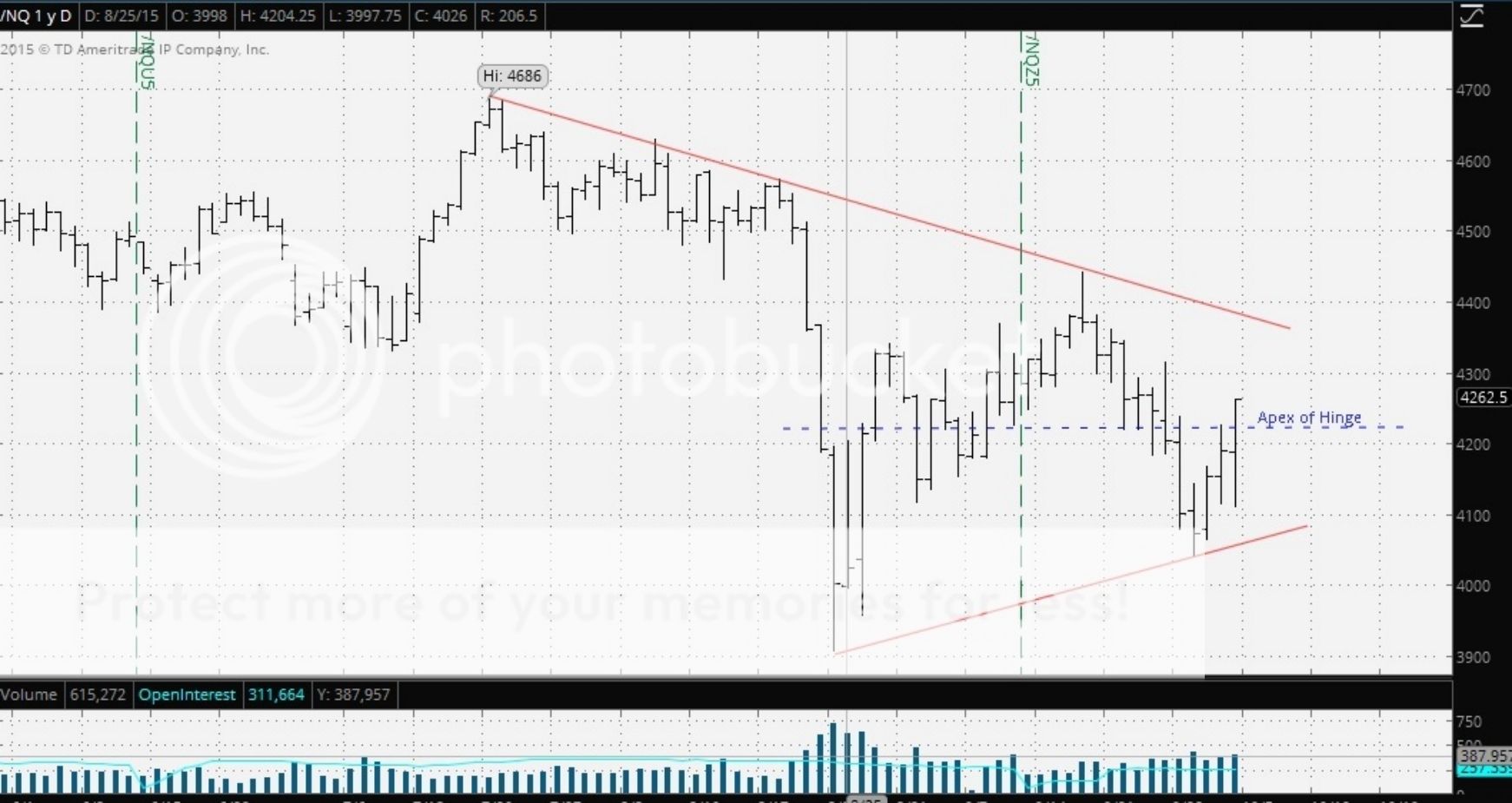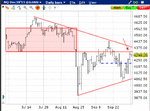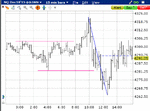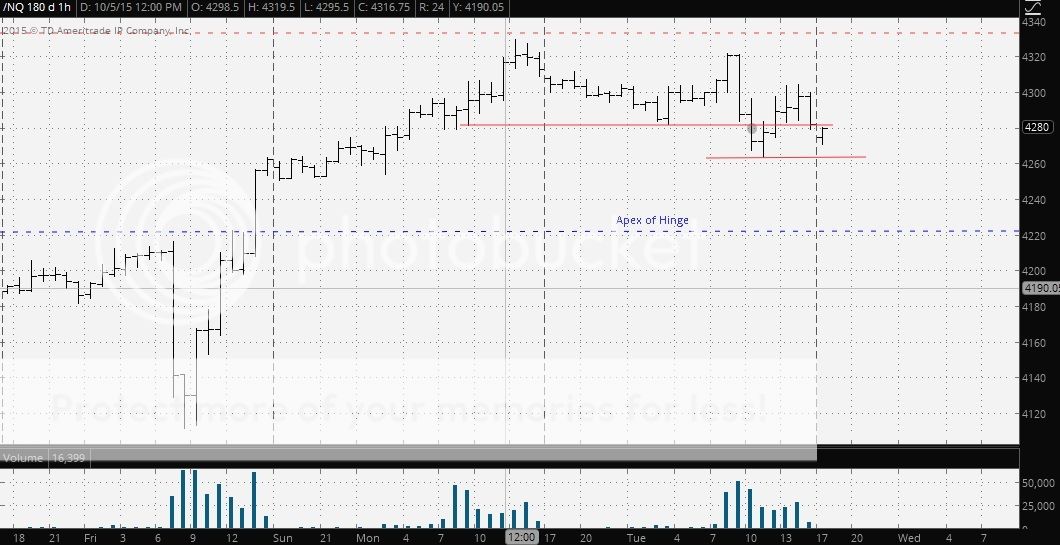From the attic:
As I go over a lot of the Wyckoff material,it seems to me that “they” (Wyckoff and/or people applying Wyckoff principles) analyze each and every bar to find meaning.
I can speak only to Wyckoff since so many of those who claim to apply "Wyckoff principles" to their work don't do anything of the kind. But Wyckoff did not "analyze each and every bar to find meaning". The bar was simply a means by which he told a story.
What you get out of all this depends on what you want from it. Think of it in terms of learning how to operate a car. You can buy, rent, or borrow a car from somebody and arrange for that somebody to show you how to make the car go, how to make it stop, how to make it go left and right. At some point, you may become more interested in the why and watch somebody rebuild an engine or transmission or even assemble an entire car. If you become even more interested, you may end up building a car yourself.
Or, if the mechanical is not appealing, look at the process in terms of fine art. You can go to a gallery and buy something. Or if you want to know more of the process, you can watch somebody create the work. Eventually, you may study and learn how to create one yourself.
Applying these analogies to understanding price action should not be a great leap. Think about it.
I would say I am in the "building the car" stage. To me, this stage forces me to question some or all the material (and with "material" I also include looking at tons of charts, EOD as that is what I trade) I go over in order to develop a deeper understanding. Sometimes what I read makes complete sense, but other times it makes no sense at all. I don't want to take a shortcut with someone telling me to put on a trade here or here, but I am still (and will probably always be since your never reach complete mastery...) at a stage where I need some 3rd party input to develop a deeper understanding.
You may be in the "building the car" stage, but it is not necessarily the Wyckoff model. The apparent emphasis on bar-by-bar analysis -- or candle-by-candle -- in some of the material will mislead those who go no deeper and motivate them to study bars/candles, looking for volume bars of given heights and price bars/candles of given lengths and mixing all of that with the positions of closes in order to find guidance for subsequent trades, even to the extent of developing mechanical systems, even software.
Wyckoff's approach, however, is based on (a) continuous price movement that (b) moves in waves that are determined by (c) imbalances in supply and demand, or buying pressure and selling pressure. The statements that he makes with regard to bars are not the result of studying bars but of twenty years of following the tape. The charts or "graphs" he used were merely summaries of everything he learned through watching the tape. Anyone who attempts to develop an understanding of the continuity of price movement and its wave structure without actually looking at it is going to be at a disadvantage when compared to the individual who watches price move tick by tick and who watches volume ebb and flow along with those price movements.
Building the Wyckoff car, then, is not a matter of assembling volume bars of varying heights with price bars of varying lengths and welding them with closes in varying positions. One might come up with something that holds together, but it wouldn't go anywhere (this helps to account for the thousands of posts which can be made with regard to this sort of variant with the net result that participants still don't understand it and still can't make it "work"). Building this particular car requires a familiarity with and an understanding of the continuous movement of price. Unless and until the individual develops this understanding, the Wyckoff approach will likely be very frustrating.







